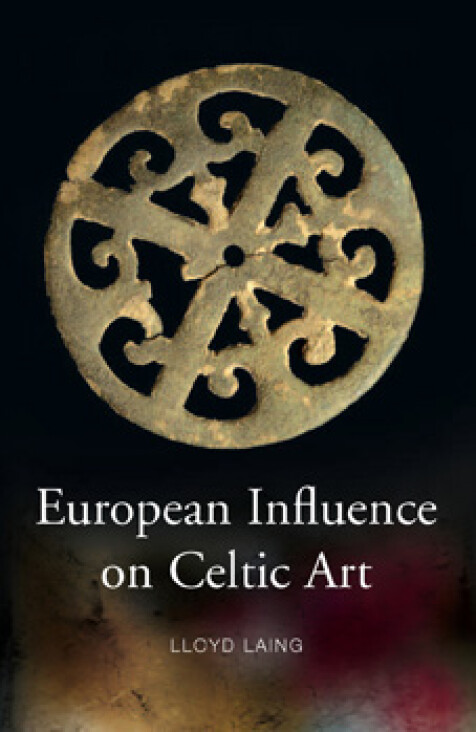European influence on Celtic art
Patrons and artists
Lloyd Laing
After decades of speculation and confusion about the nature of Celtic art, current studies reveal hidden meanings, symbols and codes that early medieval artists incorporated into individual artworks such as manuscripts, brooches and intricately carved stone monuments. This book discusses how visual imagery, ornament and techniques of production were drawn from international sources, notably the Classical world, Frankish Gaul, Byzantium, the Eastern Mediterranean and Viking Scandinavia. From the Iron Age to the twelfth century powerful patrons – kings, warriors and church leaders – drove the art forms that deliberately conveyed strong messages about society and beliefs.
Lloyd Laing is associate professor of archaeology in the University of Nottingham, and is the author and co-author of several books about Early Christian Celts.

